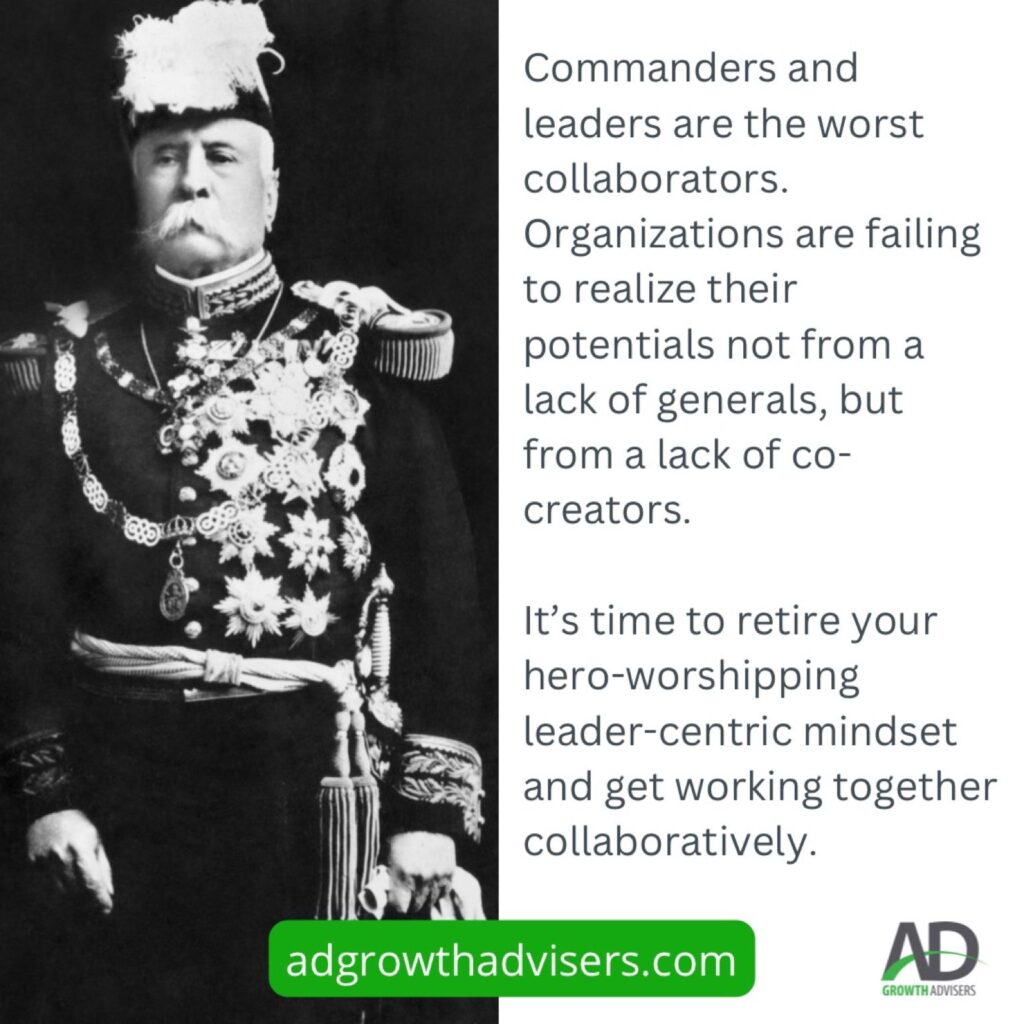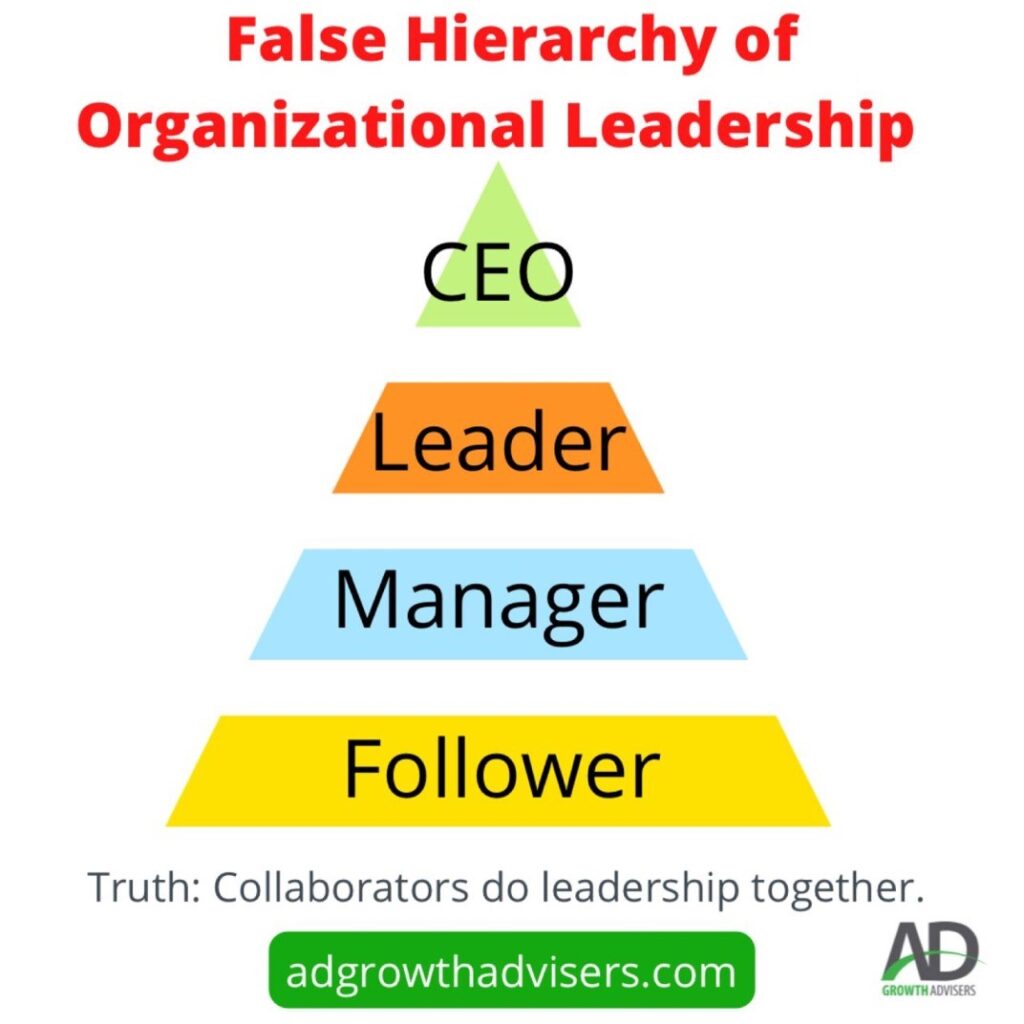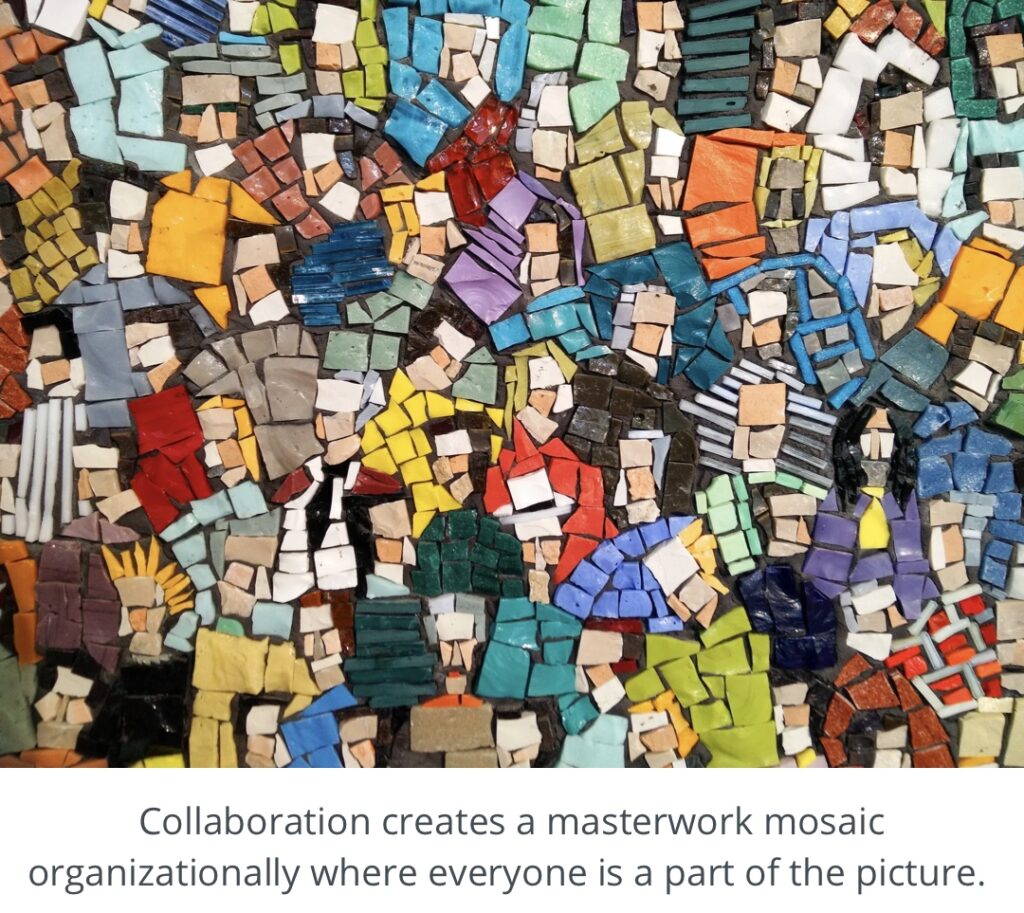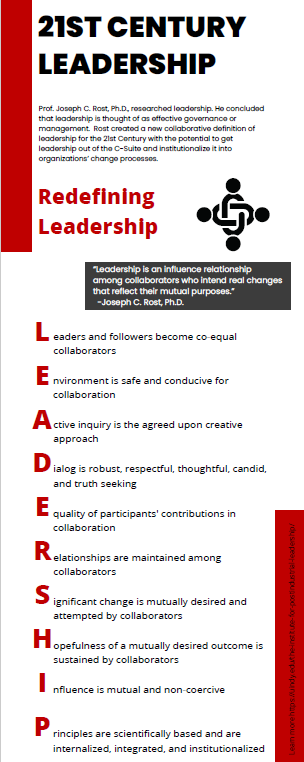
Reading LinkedIn posts on #leader and #leadership has me frustrated,
confused, and more than a little discouraged. Most people have no idea what the words leader and leadership mean. Do we even understand what we are talking about regarding leaders and leadership?
Merriam-Webster offers the following two definitions of the word leader relevant to business usage:
(1) a person who directs a military force or unit
(2) a person who has commanding authority or influence
The next time you see a feel-good business quote on leaders like “the best leaders take the best care of their followers,” ask yourself, do they mean someone directing a force or using commanding authority or influence? Do we even understand what the word leader means anymore? Do we care about its true meaning and creating shared understanding with others?
The word leader has become so overused and misused that it has become so vague as to be meaningless. If two people see someone doing something, would they both identify the activity as leading? Leader can mean so many different things to people that it no longer communicates a shared understanding of what it attempts to describe.
Dr.Matthew Chodkowski, Co-founder of the Institute for Postindustrial Leadership at the University of Indianapolis, fears leader and leadership have both become misunderstood. In a recent LinkedIn post, Chodkowski wrote, “Leadership slogans and clichés are nice; at best, they are harmless; at worst, they are inaccurate. But when pressed actually to define the word “leadership,” it becomes apparent that virtually no one defines leadership and virtually everyone describes a leader. This is because we are under the influence of the obsolete industrial leader-centric leadership paradigm. Still today, so-called “leadership” books are stories about leaders – – and so-called “leadership models” are about leader behaviors.

We can no longer cling to the industrial paradigm of a leader in a world moving toward the postindustrial paradigm of leadership. Leading followers and following leaders is not leadership. Leadership is an influence relationship among collaborators who intend and enact real significant changes that reflect their mutual purposes. The crisis in leadership in 2022 is not understanding what leadership is. Leadership was never just the leader. Leaders and followers BOTH practice leadership when they become COLLABORATORS through reeducation and personal growth and development. This is neither a “demotion” for a leader not a “promotion” for a follower.”
In a subsequent post, Chodkowski commented on a leadership infographic. He wrote, “Another platitude and misguided cliché. This is a classic example of being influenced by the leader-centric mindset. Do you see how easily the word “leader” produces the mental image of someone good or great – – or maybe even heroic? (We all know there have been unethical, immoral, narcissistic, arrogant, and evil leaders). Interestingly, we do not automatically ascribe the qualities of goodness or greatness to the word “manager.”
Leadership is not a more highly evolved version of management.

We must overcome our obsession with leaders. We must stop making the word “leader” synonymous with “leadership.” When we understand that leadership is an influence relationship among collaborators who intend and enact real significant changes that reflect their mutual purposes – – we will stop idolizing and romanticizing leaders. Creating leaders is not leadership.
There will always be leaders and followers. But leading followers and following leaders is not leadership. We can no longer cling to the industrial paradigm of a leader in a world quickly moving toward the postindustrial paradigm of leadership.”
Why does any of this matter?
Artifacts of the misuse and misunderstanding of leader and leadership have contaminated organizations. We have created a cult of heroic leader worship in companies that limits their success.
It is common to have impossible-to-achieve competencies such as “Lead by example” and “Be a proactive leader” appear in people’s job descriptions and evaluations. How can these vague directives and expectations be observed, measured, and evaluated? Do you just “know it when you see it?”
I am beginning to believe that we have experienced so much ineffective, bad, and sometimes sadistic management that business gurus are trying to rebrand management, governance, administration, and bossing as leading and leadership. A leader is thought to be a more advanced, emotionally intelligent, empathetic, caring, and inclusive person in authority. Billions of training dollars are invested annually to equip people to be leaders and to do leadership. According to leadership researcher Joseph C. Rost, Ph.D., most leadership-centric and leadership development training is mislabeled management training. This training is not bad, but it doesn’t teach executives and others how to do leadership, which is collaborative problem-solving and co-creation activities.
We are teaching people to take command and direct as leaders in a world that has evolved into expecting inclusive collaboration. People’s response to being commanded in the name of leadership is quiet quitting and the Great Resignation.
We need more collaborators and not more leaders

Our organizations have become complex. Operating in a matrix organization reduces the effectiveness of a hierarchical organizational structure with command and control as its primary mode of operation obsolete. Success depends on organizations enacting significant changes with agility and speed. We do not need more leaders trying to be in charge and do leadership to other people so that they will do the leader’s will. We need highly effective collaborators who can work with each other to reach consensus rapidly and then execute changes and innovations, and capitalize on opportunities throughout organizations.
This means executives and business owners must rethink what skills are taught in leadership training and what expectations are placed in job descriptions.
Organizational Skills that Lead to Success

I work with executives and business owners to develop collaboration as a cultural value and organizational competency. Extensive research conducted by Paul W. Mattessich, Ph.D., has identified 22 success factors for effective collaboration. When we think of leadership as collaboration and collaboration as a way to solve problems and co-create innovations, we can start teaching people new ways to work together better.
If you want to increase performance and reduce much of the turf wars and silo defense holding your company back, then let’s talk about collaborating to bring my Working Better Together Collaboration Workshop to your organization.
The next time you read or hear the words leader and leadership, ask yourself, “what do they mean?” Once you develop a Postindustrial Leadership mindset, you will find most leadership conversations actual nonsense. Then you will be ready to collaborate for better solutions.
Donald Clark offered some incredible history and context for the rise of the cult of leader as hero worshipers in his ISPI Conference presentation.

Views: 249